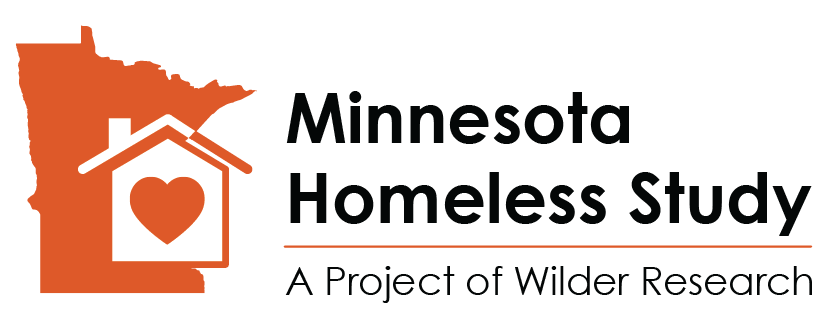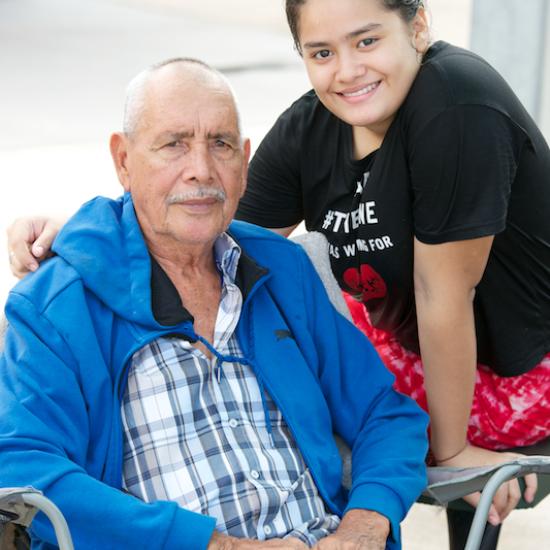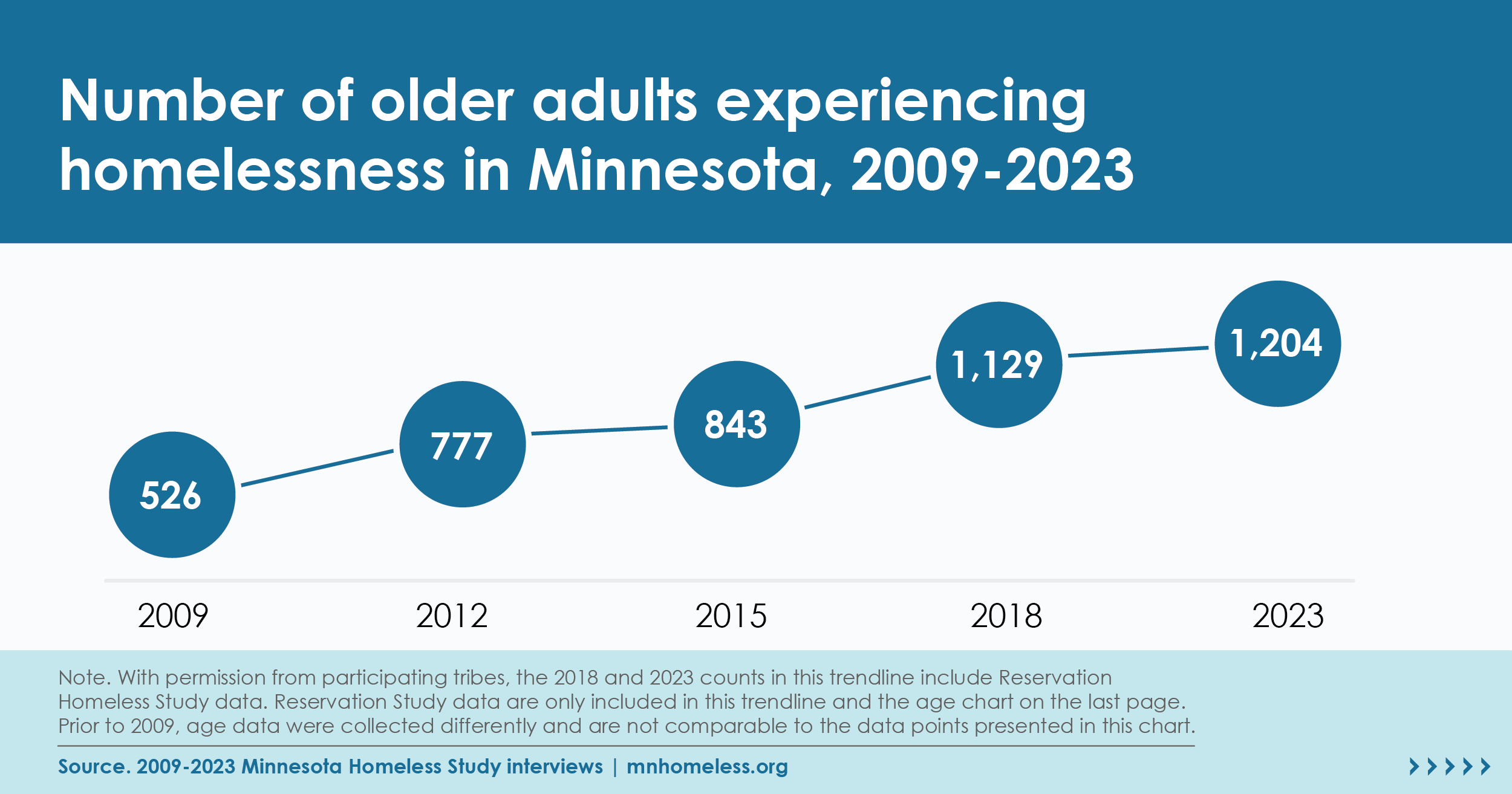Title
Older Adults
Homelessness among adults age 55+ in Minnesota
Body
Older adults can have different experiences with homelessness than younger people
The issues we face as we age – including health concerns and fixed income – are magnified by the difficult conditions associated with being homeless.


